Birds, Boats and Binoculars!
When you visit Cleethorpes and North East Lincolnshire you’ll realise that the Humber Estuary is a hive of activity, whatever the time of year. From wild birds to commercial shipping, there’s lots of coming and going to warrant bringing along your binoculars to spot birds, boats and more.
The Humber Estuary is a unique and diverse habitat. Saltmarsh, mud flats, sand dunes and sand banks all add to the biodiversity of the Humber region. The area is a designated Site of Special Scientific Interest (SSSI) and is a special area for conservation.
Thousands of wetland birds rely on the Estuary for feeding and roosting. Following an epic flight from around the world, the birds settle along the coastline.
Check out our page on coastal birds to see who comes to visit us during the winter months. These include Sanderlings from the Arctic and Ringer Plovers who fly in from Greenland and Canada. Look out for the black tipped red bills and red legs.
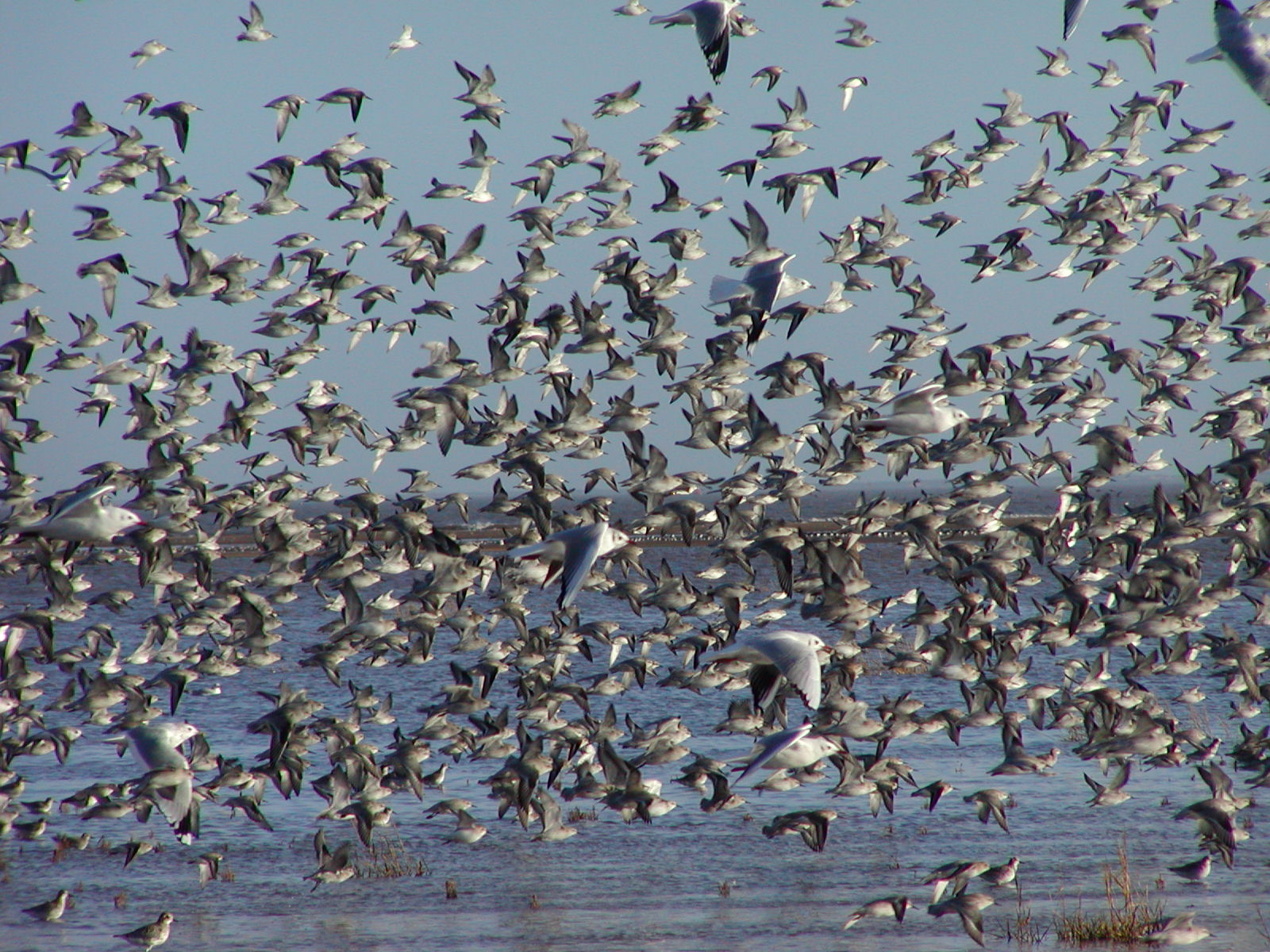
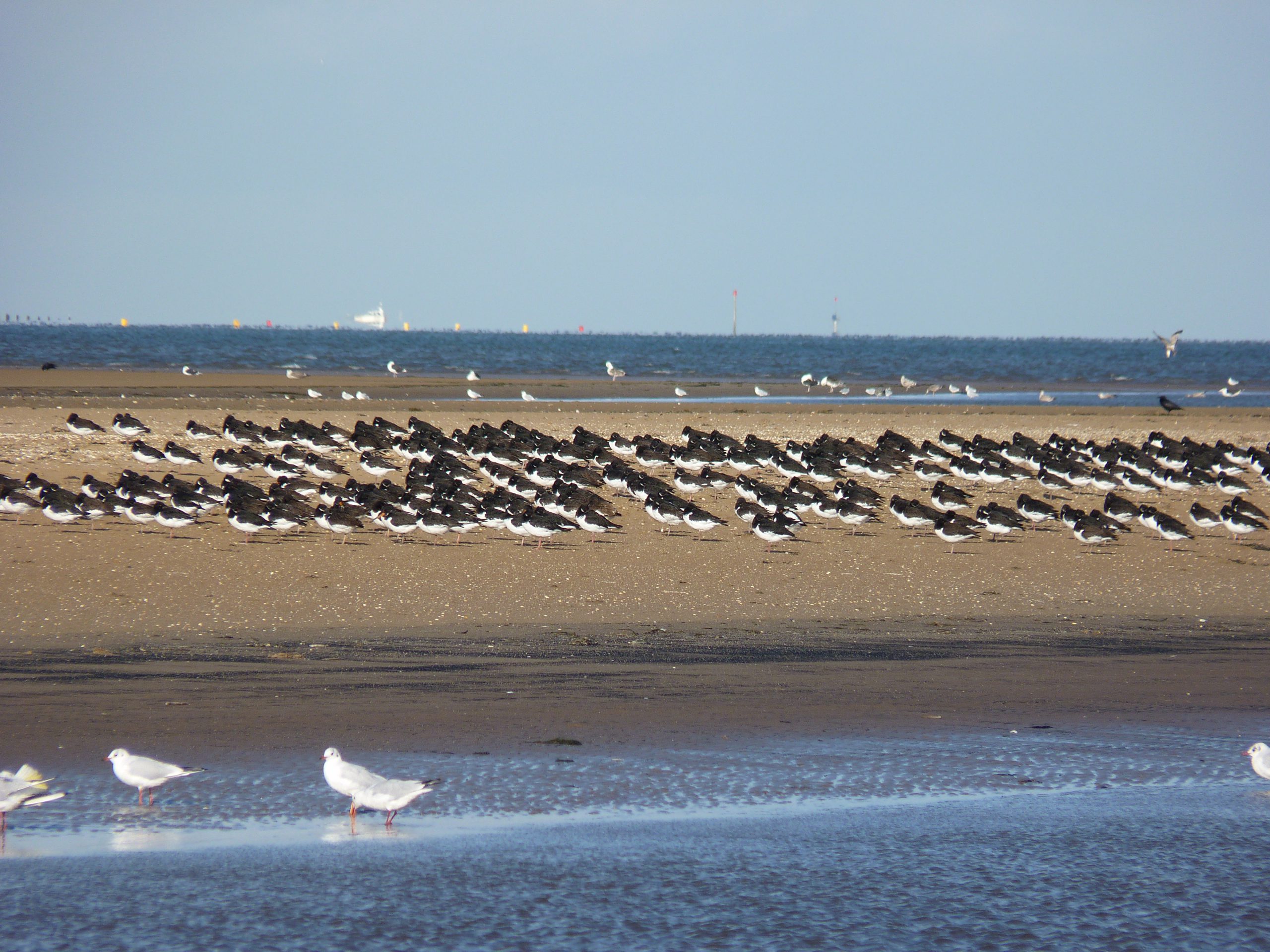
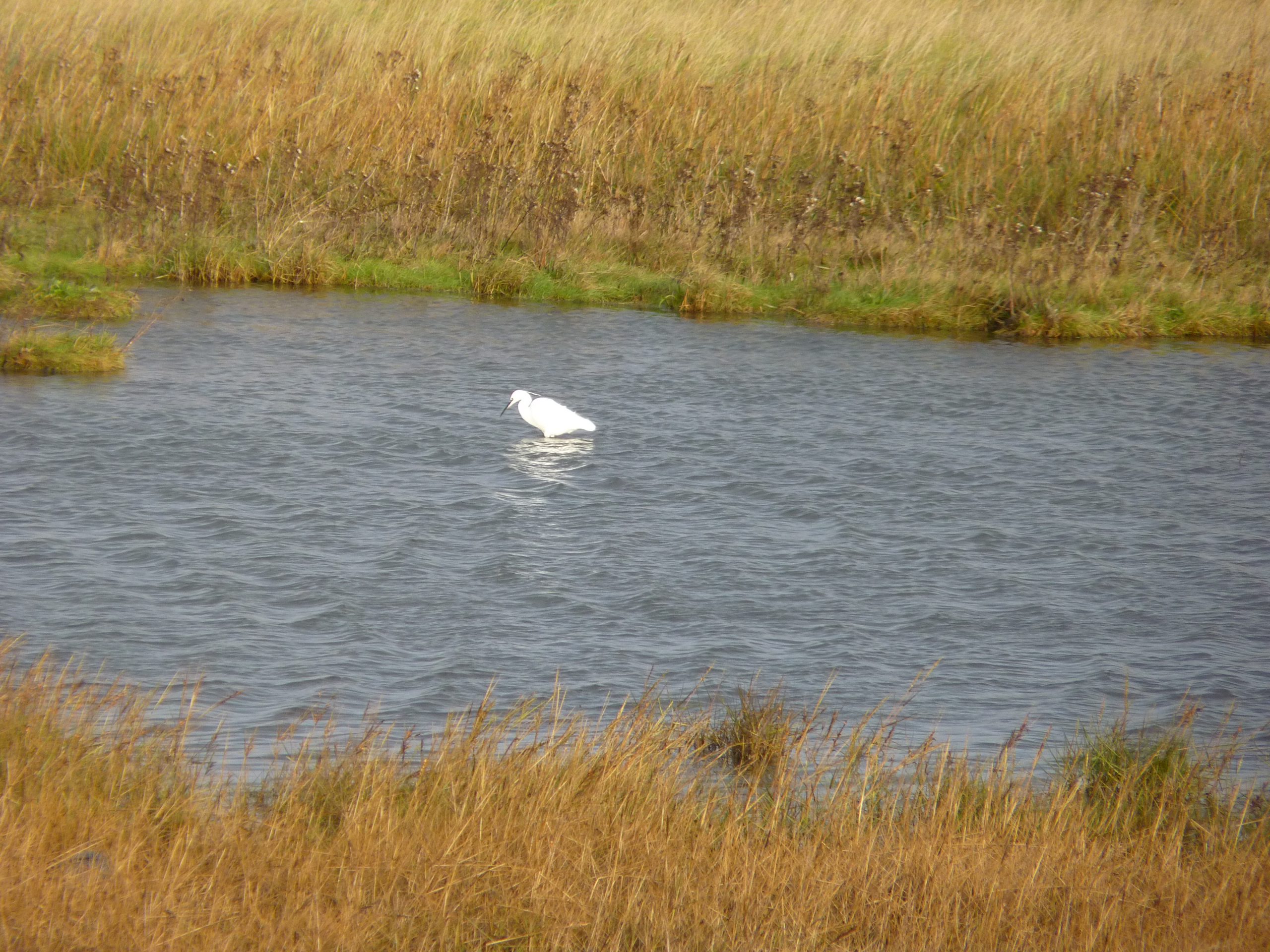
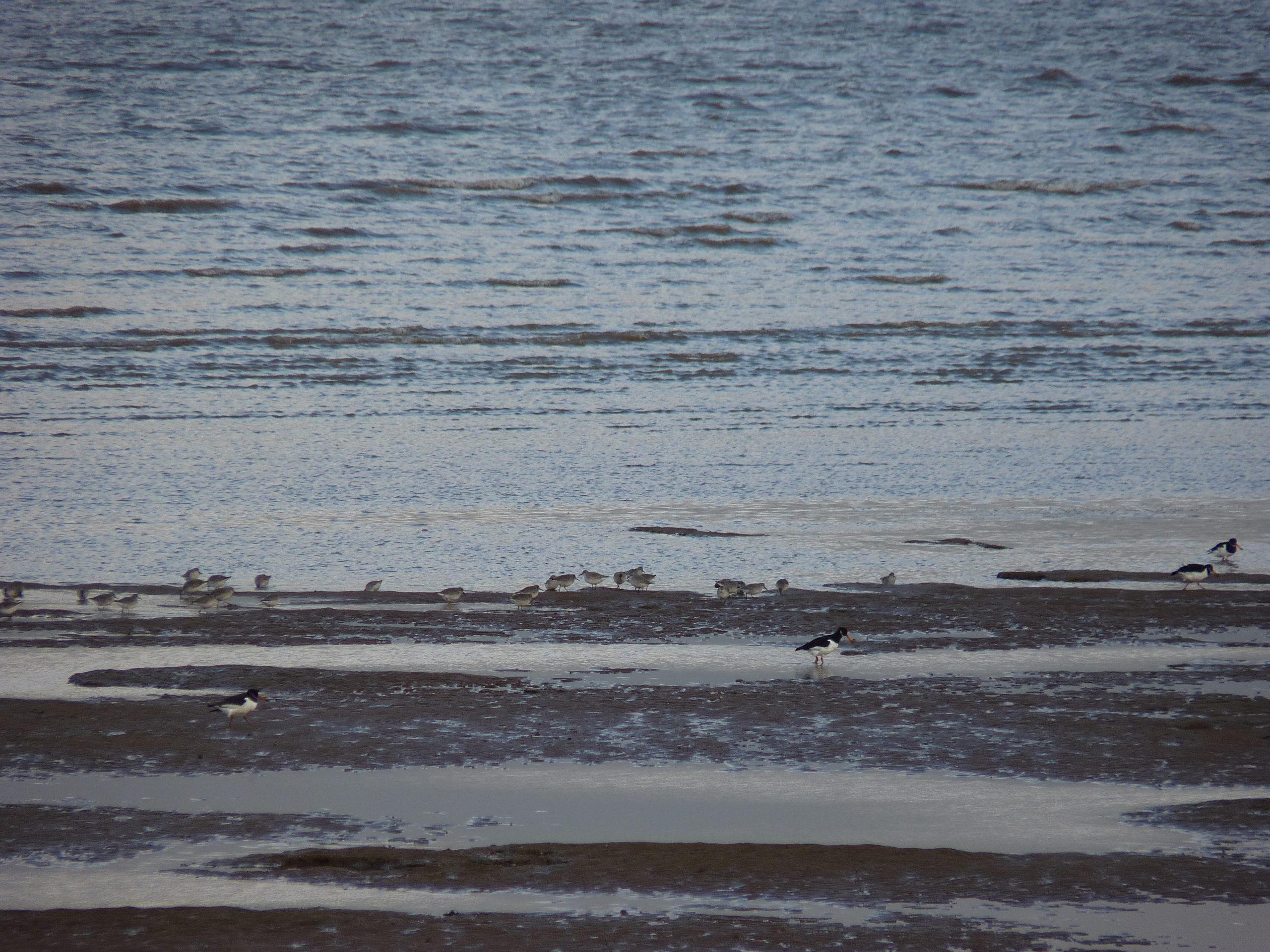
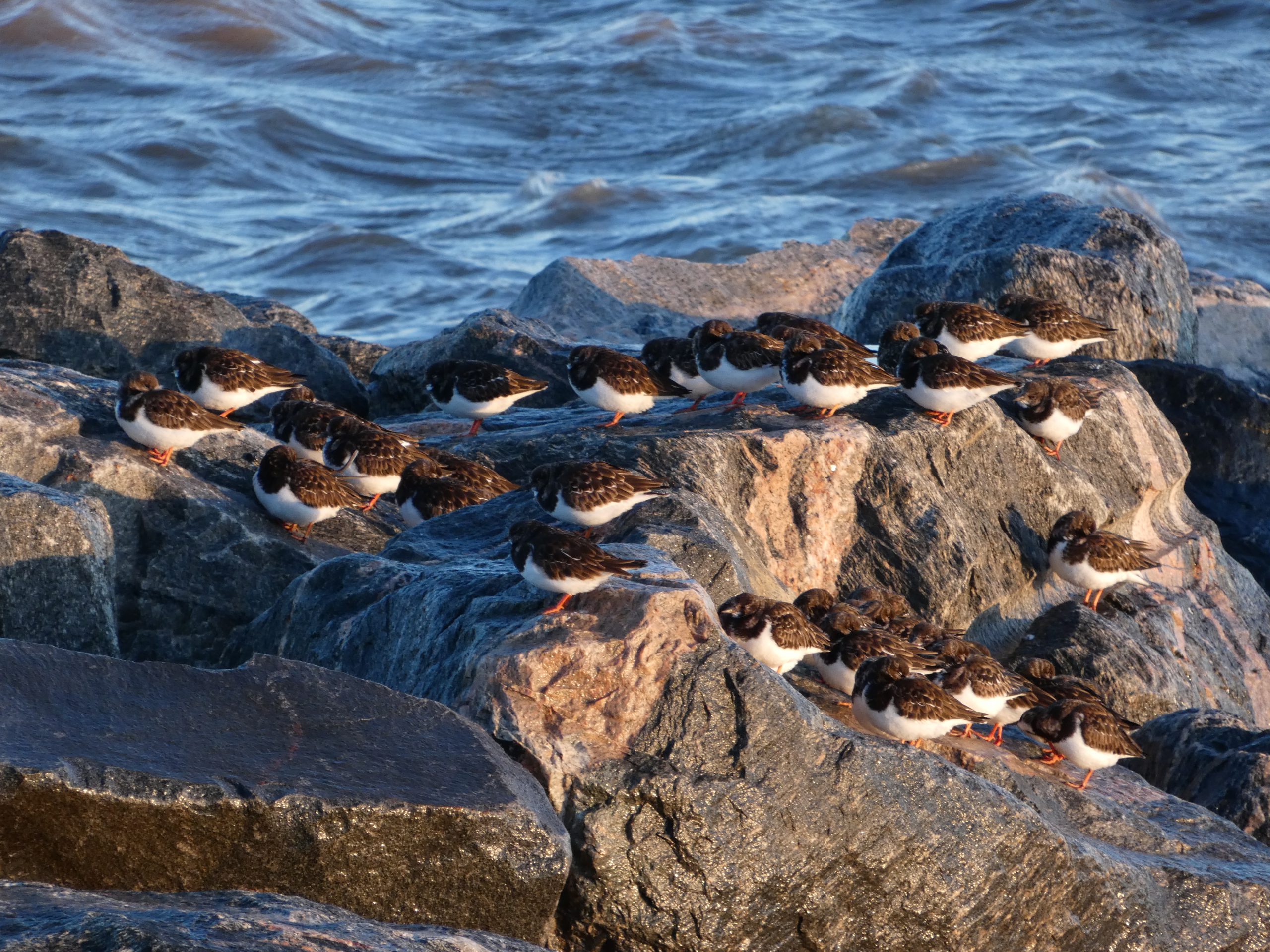
Watching birds is not the only pastime you can enjoy when looking out onto the Humber Estuary. As one of the major deep water estuaries, it is very important for UK commerce and the four main ports (Grimsby, Hull, Immingham and Goole) constitute the country’s largest port complex. Some 40,000 shipping movements per year occur in the Humber Estuary. You can watch and identify the ships and boats that come up and down the Humber Estuary through the Marine Traffic website.
Just off the Humber Estuary in the North Sea, is the world’s largest offshore wind farm. Orsted’s Hornsea 1 is the largest offshore wind farm in the world, producing enough electricity to power over 1 million homes with its 174 wind turbines. Hornsea 2 is currently in construction and will house a further 165 wind turbines and further developments are planned. Boats go out daily to the wind farm as part of the installation process and also for continuous maintenance and servicing.
What do you love about looking out onto the water in Cleethorpes?





